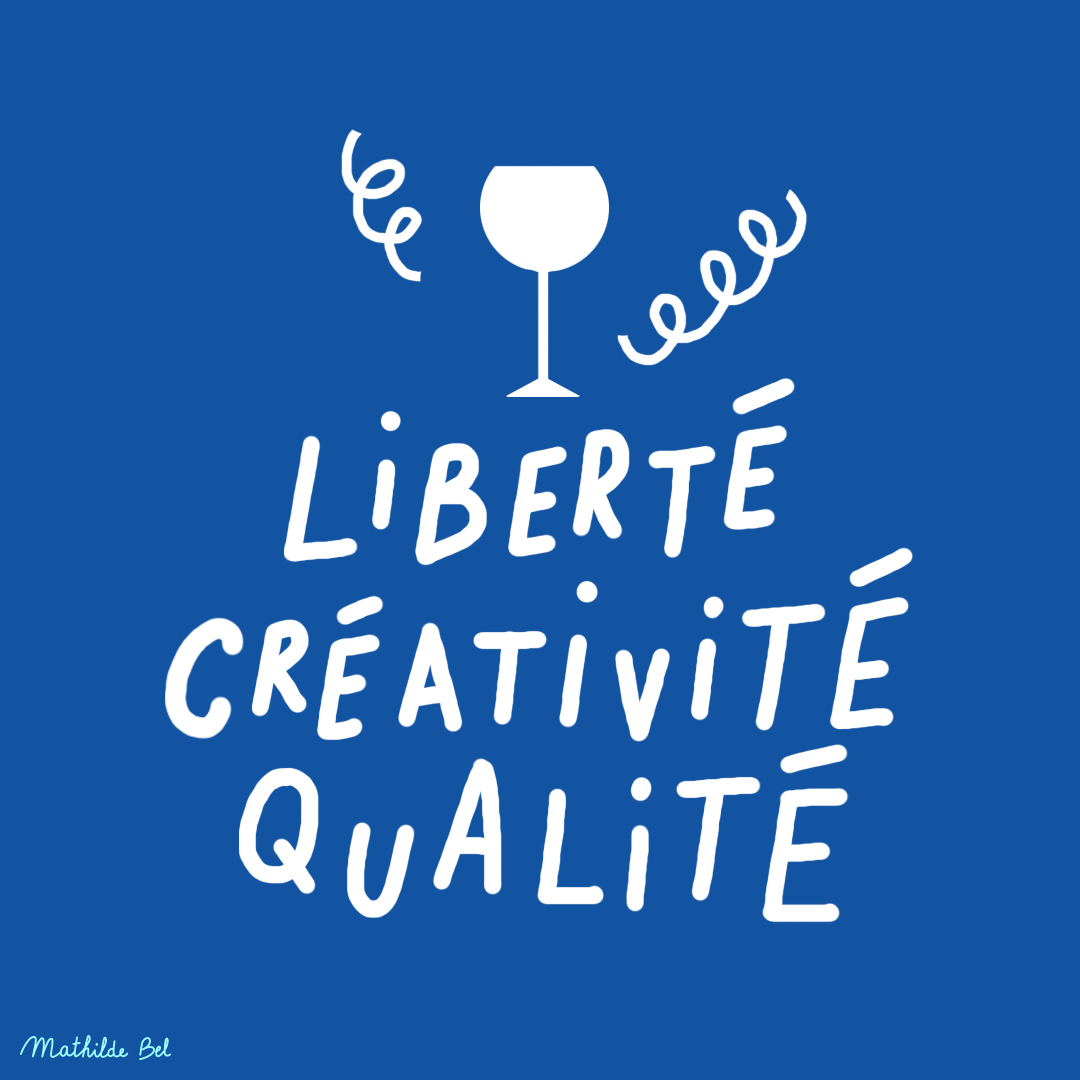Roussanne de France
Wines color
Taste profile
Sweetness
Body
Acidity
Tannins
Alcohol
Table of contents
Encyclopedia
Origin
Roussanne is a grape variety originating from the river valley between Lyon and Valence. This local variety is seldom grown in other regions of France.
Aromas
Roussanne's floral, fruity notes lend it a highly elegant aromatic potential, often with notes of honey, hawthorn, and apricot. Hints of herbal tea and pear enrich Roussanne's aromatic profile.
Wines profile
Roussanne is used to produce powerful, elegant wines with aromatic complexity and a good acid structure, giving them a great capacity for ageing. Roussanne is often pleasing during its early years, before closing up and re-opening after 5 to 8 years with a new, powerful aromatic quality.
Cultivation areas
There was renewed interest in this relatively rare grape variety during the 1990s, and its production increased. Though the majority of the parcels planted with Roussanne are found between Valence and Lyon, it is also grown near the northern Alps under the name Bergeron, and further to the south, from Nimes to Avignon, in smaller quantities.
Precocity
Roussanne is a late variety, budding 8 days after the benchmark variety, Chasselas. It also ripens late, 3½ weeks after Chasselas. Roussanne is thus a Period II grape variety.
Vigor
Roussanne is a vigorous grape variety with very long vine shoots; as a result, it must be carefully trained. It can be managed with moderately long or short pruning.
Soils
This grape variety fares well in poor clay-limestone soils that are rather stony and well exposed.
Climat
This grape variety from a rather warm climate provides the best results in cooler areas where the continental influences are greater. The area where the Mediterranean and continental climates meet, south of Lyon, is Roussanne’s ideal climate.
Susceptibility to diseases and pests
Roussanne is highly susceptible to Oidium, gray mold, mites and thrips.
Use
Roussanne is used only to produce wine. It is used, for instance, in making some sparkling wines produced in the area between Vienne and Valence.
Descriptive elements
The tips of Roussanne's young shoots are densely covered with flat-lying hairs. Its older shoots have green internodes. Its adult leaves have five or seven lobes and a petiolar sinus that is slightly open or has slightly overlapping lobes. The lateral sinuses are deeply cut. The teeth of the lobes are very short compared to their width at the base, and there is no anthocyanic pigmentation of the veins. Roussanne's leaf blade is slightly revolute, and on its underside, there are very sparse to sparse flat-lying and upright hairs. Roussanne's bunches are small to medium-sized, while its berries are small and round.
Clonal selection in France
The five approved Roussanne clones (specifically named Roussanne B) are numbers 467, 468, 469, 522 and 1040. A conservatory with more than 50 clones was planted in the Rhône Valley in 2001.
